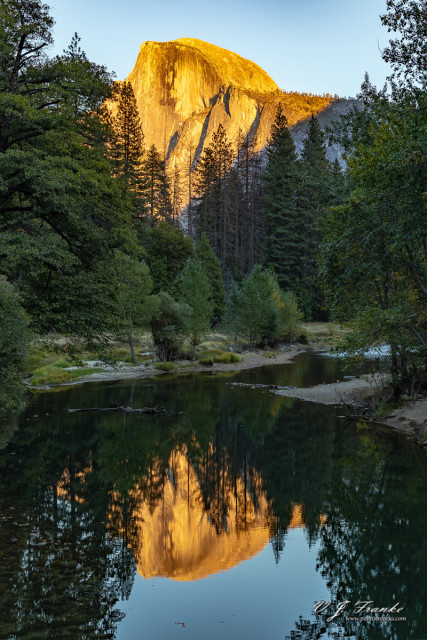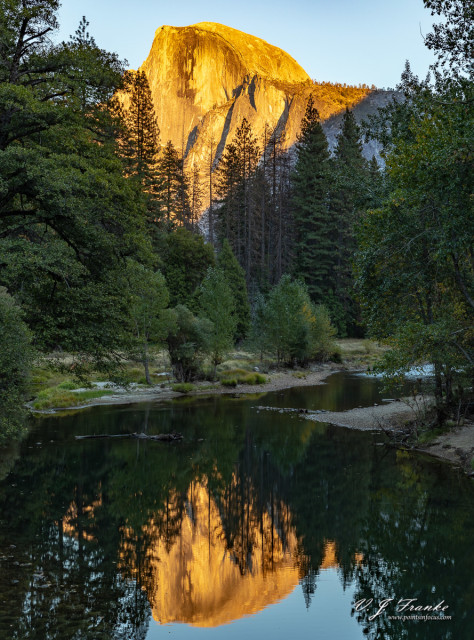Visualizing the Size of an Image
The other day, I was thinking about how as a digital photographer I’ve lost a little bit of the inherent understanding of my medium that film photographers had. When film is your medium, you’re always reminded of just what exactly is being captured and produced when you make an image. You can’t avoid seeing just how small the image really is.
However, with digital photography, the size of the sensor isn’t something I have to really deal with on a day to day basis. Sure, like any competent photographer I know that the bigger the sensor the more light it collects, or how sensor size affects depth of field. However, the true size of the image I’m dealing with is largely lost in the day to day workings.
So lets have a quick look at just how big the images we start from are.
To Make this Work
The images in this article are intended to be shown in actual size. However, the web browser writers, and the standards they use, don’t provide a mechanism to determine the actual device DPI. Nor, for that matter, do they properly implement real world absolute units (e.g., mm, cm, or in.) such that they properly scale.
As such, for this to be most accurate, you’ll need to do a tiny bit of configuration before you go on. You can either select your device from the drop down menu below, or if you know your screen size, you can select that.
13.3″, 14″, 15.6″, 21″, 24″, 27″, 30″,
One final thing, I’ve endeavored to get this to work as well as I can. I’ve tested it on as many devices as I can get my hands on, but that’s far fewer than actually exists out there in the world.
The Image Size the Camera Sees
Film photographers have a intrinsic understanding of just how small the image their camera is producing is, even if they don’t consciously think about it. Every time they work with their film, they’re literally working with the actual size of the image.
For us digital photographers, this is something we almost never deal with. Instead we always work with some kind of enlargement.
This is the actual image size that is recorded by a full frame camera. It’s actually not very big, is it? The dimensions are 36 mm x 24 mm.
Compare that to the next image, sized to match a Nikon DX or APS-C sensor.
This image is the size of an APS-C sensor (what Nikon calls DX), for most manufacturers at least, its around 23.6 mm x 15.6 mm. Canon’s APS-C format is slightly smaller.
Most medium format users use 645 film (or now a digital equivalent to that), which has a frame size of 56 mm x 42 mm.
As an interesting point of comparison, note the difference in size between the full frame image and this one. When comparing depth of field and equivalence, there’s a big difference between APS-C, full frame, and medium format. But really, even the “big” medium format image really isn’t that big when you just have a the frame there.
Will knowing this make you a better photographer? Probably not.
However, I do think that remembering just how small the images formed in the camera are does lend some appreciation for the complexity of these tools.
Moreover, many processes in photography can be thought of as translations or transformations of one image size to another. For example, the circle of confusion used in depth of field calculations is a translation of our visual acuity looking at a print, down to the film size you’re seeing in this section here.
And for one parting thought on image sizes…
If you’re a smartphone photographer? That tiny image above, is the one of the largest cameras in smartphones today. That’s the size of the image recorded by an iPhone XS Max’s camera.
I hope this was a fun look at something we don’t usually think about this way when in our day to day lives with digital photography.


Comments
There are no comments on this article yet. Why don't you start the discussion?